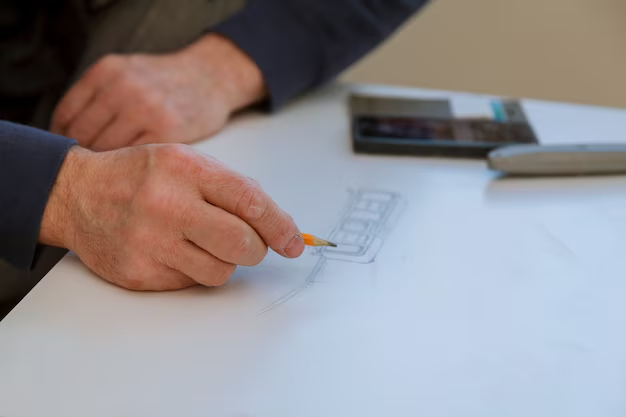Simplifying Roof Calculations: Your Guide to Measuring a Pitched Roof
When it comes to home improvement, understanding how to calculate a pitched roof is essential whether you’re planning to renovate or simply wish to understand your home’s structure better. Calculating the pitch and area of your roof not only aids in purchasing materials but ensures an accurate blueprint for your project. Here's a practical breakdown to make your roof calculations a breeze.
Determining Roof Pitch
Roof pitch, also known as slope, is a crucial measurement that affects your home's aesthetics, water run-off capability, and material cost. Follow these steps to calculate it:
Gather Your Tools: You'll need a tape measure, a level, and a pencil.
Measure the Level Length: Inside your attic or directly on the roof, place the level horizontally along the base of one of the rafters. Secure it.
Calculate the Rise: Measuring vertically from the end of the level (12 inches away from the beginning) to the rafter, note the distance.
Express the Pitch: You'll express roof pitch as a ratio. If you measure a rise of 6 inches, your pitch is 6:12. This means for every 12 inches, the roof elevates by 6 inches.
Calculating Roof Area
The roof area is a key figure for estimating materials:
Measure Roof Dimensions: Calculate the ground dimension of your roof. Length and width should cover the full span of the roof including any protrusions.
Account for the Pitch: Multiply these dimensions by a factor devoted to the pitch you calculated. Use:
- 1.03 for a Pitch of 3:12
- 1.12 for 6:12
- 1.19 for 9:12
For instance, a roof footprint of 2,000 square feet with a 6:12 pitch would have an area of approximately 2,240 square feet.
Incorporating Higher-Value Needs
Understanding the ins and outs of your roof is one thing, but financing your project is another. If the numbers start adding up faster than you expected, exploring financial aids becomes essential.
Briefly, consider checking out government aid programs for energy-efficient upgrades or repairs. Other programs, like low-interest home improvement loans, can provide relief when working on essential renovations. Outside of loans, some educational grants or community workshops can offer valuable knowledge for a more hands-on, cost-effective approach.
Navigating Financial Assistance
Evaluating potential costs naturally leads into needing smart, strategic financial support. Here’s a quick guide to possible assistance programs and solutions that might just lighten your load:
- 💡 Energy Efficiency Grants: Look for government or local grants aimed at improving home energy use, covering roofing upgrades.
- 🏦 Home Improvement Loans: Banks offer low-interest loans specifically for home upgrades, helping smooth out initial costs.
- 🎓 DIY Workshops: Sometimes, the best savings come from learning to do it yourself. Check community centers or online platforms.
- 💳 Credit Card Solutions: Consider cards with cashback or points for home improvement purchases, offering back-end savings on expenses.
Understanding your pitched roof and its implications aids in both planning projects and managing financial strategies wisely. Whether you're a homeowner or a DIY enthusiast, these skills and tips can empower you to make confident, informed decisions.
